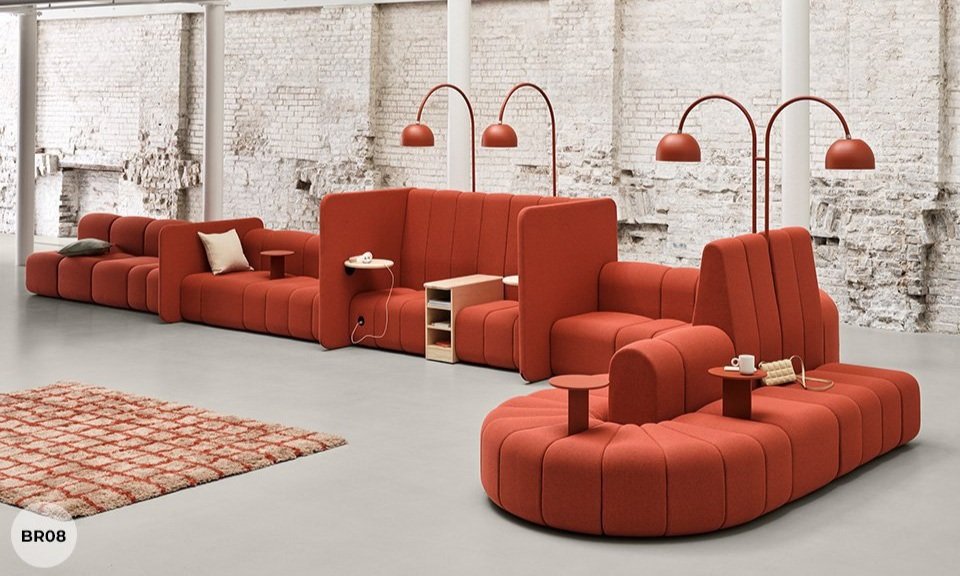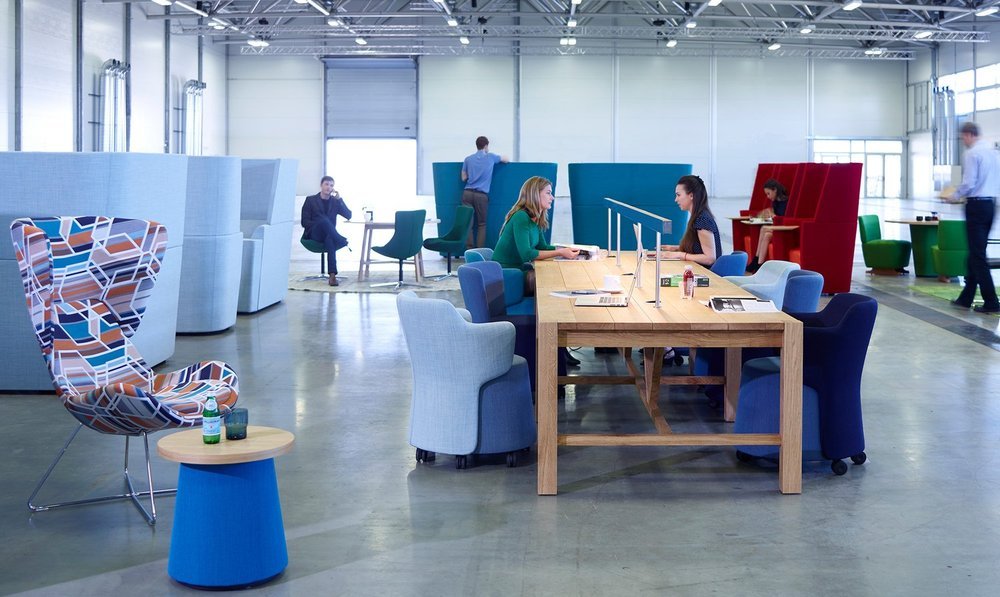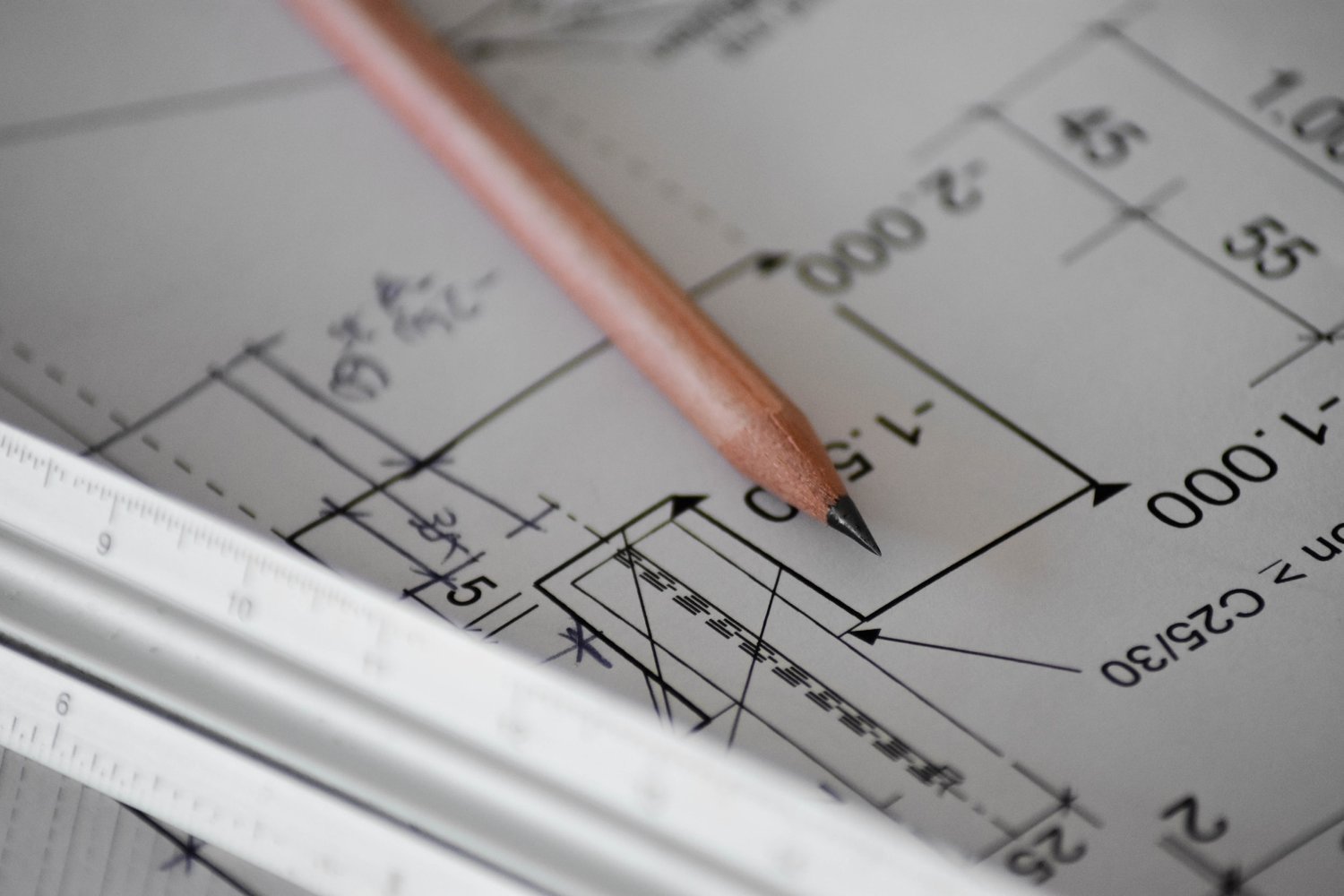8 ways to help balance privacy and openness in collaborative workplace design
In the ever-evolving landscape of modern offices, the quest for the perfect balance between privacy and openness has become a key priority in collaborative workspace design. Striking the right chord between collaborative spaces and areas for focused work is essential for creating an environment that benefits both teamwork and individual productivity. In this blog, we'll explore innovative furniture ideas that contribute to achieving the delicate balance between privacy and openness in today's dynamic workplace settings.
1. The open collaboration hub
If you want to encourage collaboration without sacrificing individual focus, try creating an open collaboration hub. These areas can feature communal tables, lounge seating, and writable work surfaces for impromptu brainstorming sessions. By strategically placing these hubs throughout the office, you create dedicated zones for teamwork while maintaining an open and inclusive atmosphere.
2. Flexible workstations with dividers
Designing workstations with flexible dividers allows employees to adapt their workspace based on their current tasks. Adjustable screens or movable partitions provide the option to create a private space when needed or open up for a collaborative environment. This flexibility allows individuals to adapt their surroundings to suit the task or team that requires the space.
3. Focus pods and quiet corners
Try integrating designated focus pods or quiet corners into your office layout. These secluded spaces, equipped with comfortable seating and soundproofing elements, offer employees a retreat for uninterrupted work. Whether it's for a crucial project deadline or a moment of concentrated thought, these spaces provide the privacy required for optimal individual productivity.
4. Hot desking with personal touches
Implementing a hot desking approach can foster openness and flexibility. However, to maintain a sense of personal space, encourage employees to add personal touches to their workstations. This could include small plants, personalised organisers, or even adjustable desk dividers to create a semi-private and comfortable atmosphere.
5. Glass booths, pods and partitions
By using glass booths, pods and partitions in your office design it can create a contemporary feel and maintain a sense of openness. These elements allow natural light to flow through the space while creating important barriers for privacy. This is a great design choice if you are looking for a modern look with lots of options for collaborative working, privacy and focus.
6. Lounge areas with acoustic furniture
Incorporate lounge areas into your office layout, complete with acoustic furniture. These spaces can serve as casual meeting spots or places for individuals to work in a relaxed setting. Acoustic furniture helps manage noise levels, ensuring that even in an open lounge setting, staff can enjoy a degree of privacy.
7. Modular furniture for flexible configurations
A good investment for open workspaces is modular furniture that adapts to the changing needs of the office. This allows for quick reconfigurations based on team projects, client meetings, or individual work requirements. The versatility of modular furniture makes it easier to create areas that are both private and open.
8. Plants as natural dividers
If you are looking for a more natural look, you can incorporate greenery strategically to serve as natural dividers. Plants can not only contribute to a healthier indoor environment but also create a subtle barrier between different areas. This biophilic design approach adds a touch of nature while contributing to the overall balance of privacy and openness.
Achieving harmony in modern workspaces
As the traditional workplace continues to transform, finding the perfect balance between privacy and openness is an ongoing challenge. By thoughtfully implementing open furniture layouts and design strategies, you can create a modern workspace that seamlessly adapts to the diverse needs of your team. Remember, the key is to try and create an environment that empowers employees to work collaboratively and individually, which can fuel innovation and productivity in the modern workplace.
If you would like to discuss our range of furniture options and solutions, please contact us and speak to one of our office interior experts.















